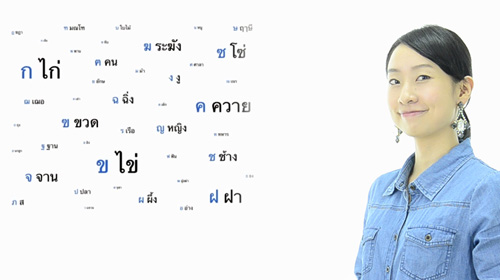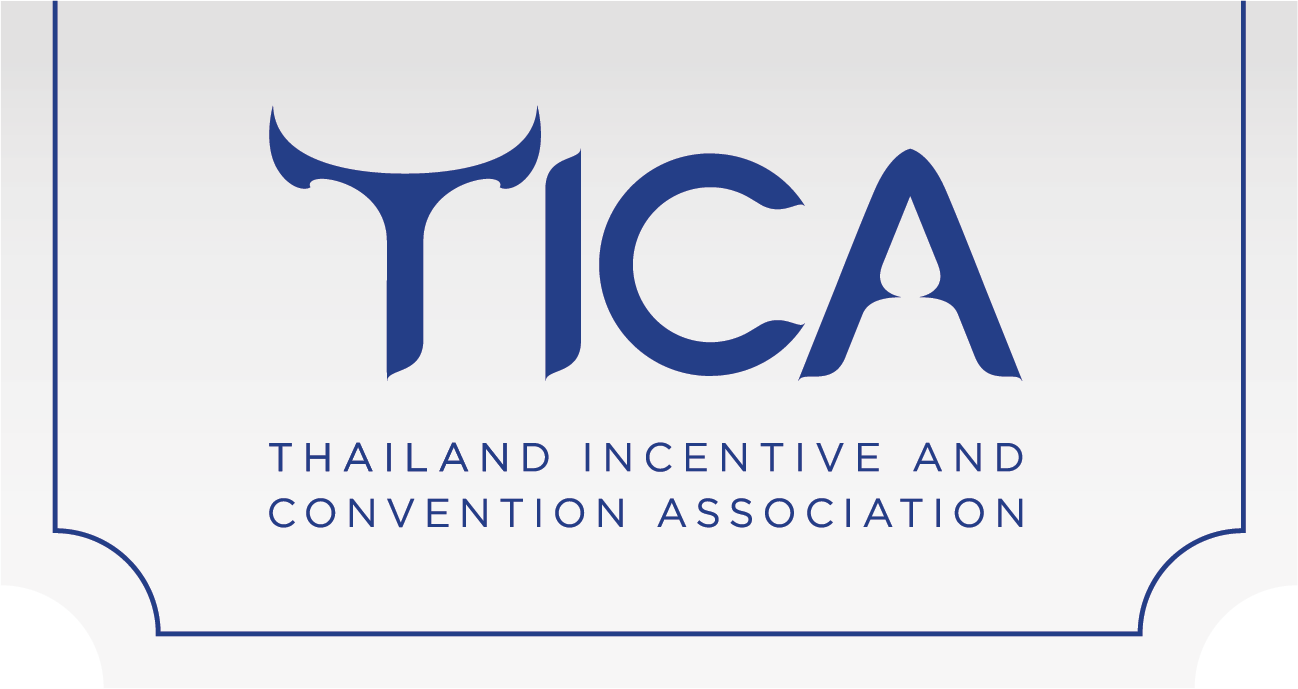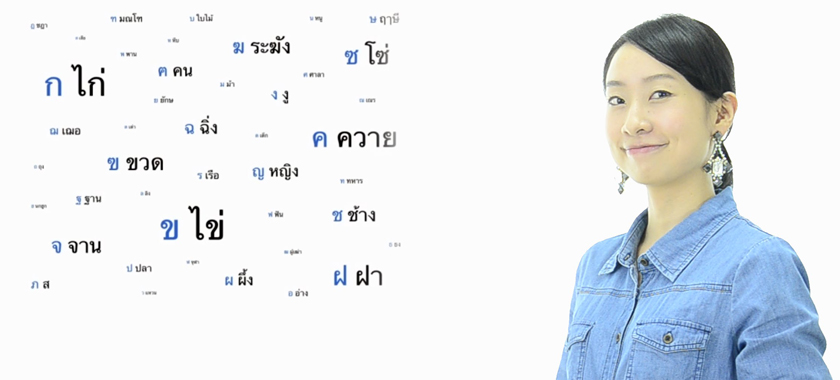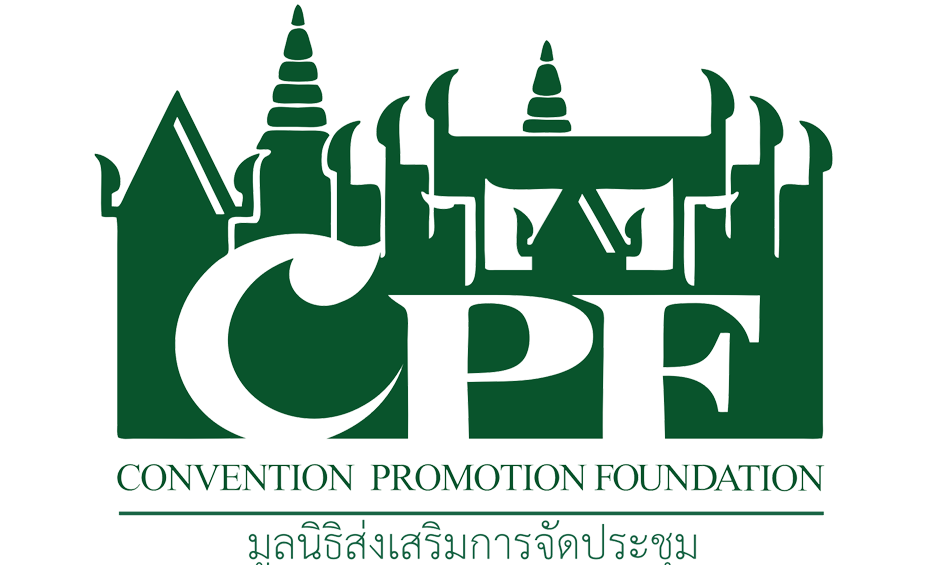Language

The official language of Thailand is the Thai language, which is widely spoken throughout the nation. However many Thais are also able to communicate in
English, particularly in the major cities, Bangkok, Chiang Mai, Phuket as well as areas that are widely visited by foreign nationals. Other European and Asian
languages are spoken to a lesser degree but limited to areas frequented by these visitors respectively.
Mastering the Thai language is a challenging task because it is considerably different from many foreign languages but Thai people are happy to help foreigners
learn a few words to help them get around. The Thai language features five tones: high, mid, low, rising, and falling, each of which changes the meaning of particular
‘words’. Visitors unfamiliar with tonal languages often have difficulty pronouncing even the most basic terms when learning to speak Thai.
Written Thai is based on an alphabet adopted from the Khmers and is believed to be standardized during the Sukhothai period. The Thai alphabet consists of
44 consonants, 18 vowels, and 4 diphthong (tonal) notations. Learning to read Thai can be even more complicated than learning to speak it as the pronunciation
of written words does not follow a straightforward progression of letters and written Thai does not place spaces in between words.
Fortunately, road signs are written in both Thai and English, and many tourist areas provide maps, menus, and other literature in both Thai and various other
foreign languages. One problem that does occur for foreigners trying to pronounce Thai words correctly is caused by the transliteration of Thai words into
Romanized characters. An obvious example would be the island of Phuket, pronounced “poo-ket” rather than “foo-ket” as it would be pronounced in English.
Furthermore, there is no official standard for the transliteration of words and thus many Thai words are spelled differently on different maps or street signs.
In addition, while most Thai’s speak and understand the central Thai dialect, there are various regional dialects, including those of Southern Thailand and
Northeastern Thailand, the latter of which is essentially just the Lao language (as most of the population is of Lao descent). In northern Thailand, which had
been the independent kingdoms of Lan Na and Chiang Mai from 1259-1939, a distinctive form of Thai is still spoken by the local inhabitants, all of whom can also
speak central Thai. All variants of Thai use the same alphabet.
However, English is typically the common currency for cross-cultural conversation as Thailand hosts visitors from around the world.
Some useful phrases :
| Greetings | |
|---|---|
| Hello | Sawasdee |
| Welcome | Yindee ton rub |
| How are you? | Sabai dee mai |
| I’m fine | Sabai dee |
| What’s your name? | Khun cheu arai |
| My name is… | Chan/Phom cheu… |
| Thank you (very much) | Kob khun (maak) |
| You’re welcome | Yindee/Mai pen rai |
| See you later | Laew jeu kan |
| Bye | Bye-bye |
| Help, Directions, and Dining | |
|---|---|
| I’m lost | Chan/Phom lohng tang |
| Can I help you? | Hai chan/phom chuay arai mai |
| Can you help me? | Chuay chan/phom noi dai mai |
| Where is the bathroom/ | Hongnam (bathroom)/ pharmacy/hospital ? Ran kai ya (pharmacy) / Rong payaban (hospital) yoo tee nai (where is the) |
| Go straight | Trong pai |
| Turn left | Liaw sai |
| Turn right | Liaw kwa |
| I’m looking for John | Chan/Phom kamlang ha John yoo |
| One moment please | Pab neung na |
| Hold on please | Teu sai ror sak kru (on the phone) |
| How much is this? | An nee tao rai |
| Excuse me | Kor thod |
| Do you speak English? | Khun phood pasa ang krit mai |
| I don’t speak Thai | Chan/Phom phood pasa Thai mai dai |
| I don’t understand | Chan/Phom mai khao jai |
| Do you have an English menu? | Mee menu pasa angkrit mai |
| I’m a vegetarian | Chan/phom tan mangsavirat |
| Not too spicy, please | Mai phed maak |
| Is this dish spicy ? | Jaan nee phed mai |








